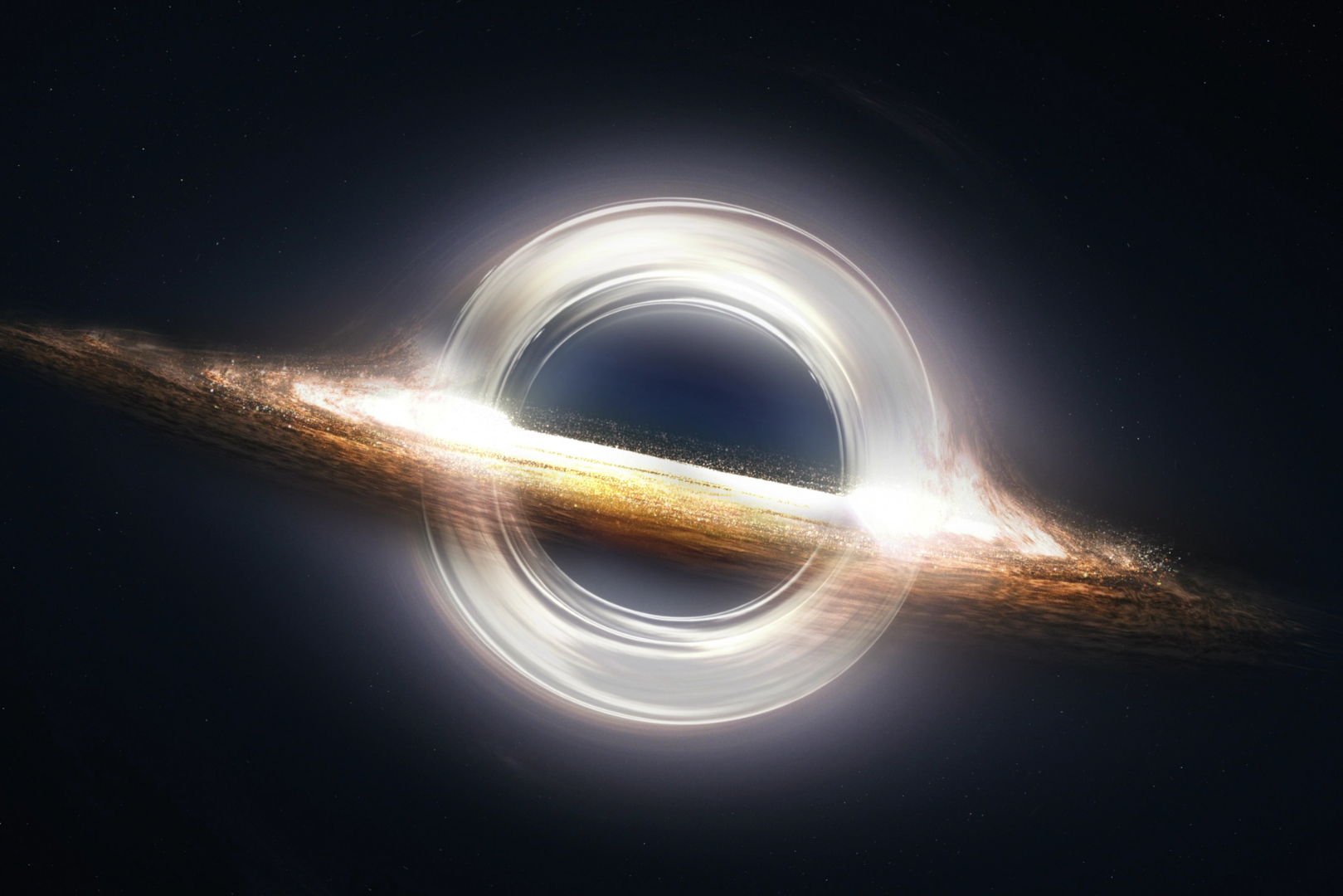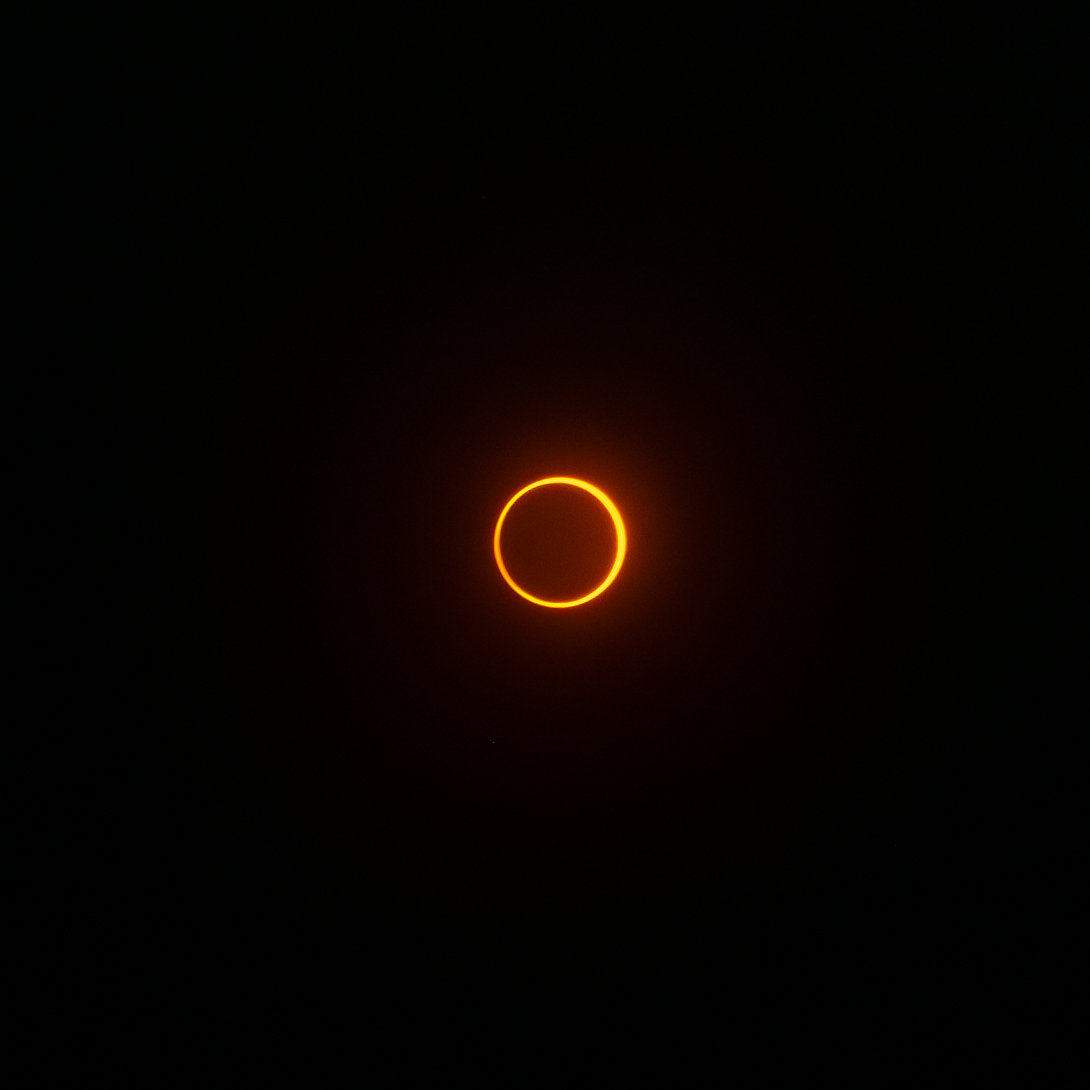NASA‘s Hubble Space Telescope has captured an unusual trail of newborn stars left by a supermassive black hole hurtling through intergalactic space at an incredible speed. The black hole weighs as much as 20 million suns and is currently leaving behind a never-before-seen 200,000-light-year-long “contrail” of stars, twice the diameter of the Milky Way galaxy. The black hole is moving too fast to consume stars in front of it, triggering new star formation along a narrow corridor by plowing into gas. This phenomenon results from a rare and bizarre game of galactic billiards between three massive black holes.
Astronomers believe that the three black holes collided with each other, leading to a chaotic and unstable configuration. One of the black holes was thrown out of the host galaxy, and the remaining binary black holes shot off in the opposite direction. The newly discovered black hole is likely the one that took off in one direction. The next step is to do follow-up observations with NASA’s James Webb Space Telescope and the Chandra X-ray Observatory to confirm the black hole explanation.
The discovery was accidental, and it was initially assumed to be a cosmic ray hitting the camera detector and causing a linear imaging artifact. Upon eliminating cosmic rays, the trail remained. The feature is half as bright as the host galaxy it is linked to and must have many new stars because of its brightness. Researchers believe the bright knot of ionized oxygen at the outermost tip of the column is due to gas being shocked and heated by the motion of the black hole hitting the gas or radiation from an accretion disk around the black hole.
The discovery may lead to more of these rare and improbable “star streaks” being found elsewhere in the universe. NASA’s upcoming Nancy Grace Roman Space Telescope may find them using machine learning algorithms that are good at finding specific shapes in astronomical data.
The study above was published in the Astrophysical Journal Letters.
References
- Gianopoulos, A. (2023, April 5). Hubble sees possible runaway black hole creating a trail of stars [Text]. NASA. http://www.nasa.gov/feature/goddard/2023/hubble-sees-possible-runaway-black-hole-creating-a-trail-of-stars
- Van Dokkum, P., Pasha, I., Buzzo, M. L., LaMassa, S., Shen, Z., Keim, M. A., Abraham, R., Conroy, C., Danieli, S., Mitra, K., Nagai, D., Natarajan, P., Romanowsky, A. J., Tremblay, G., Urry, C. M., & Van Den Bosch, F. C. (2023). A candidate runaway supermassive black hole identified by shocks and star formation in its wake. The Astrophysical Journal Letters, 946(2), L50. https://doi.org/10.3847/2041-8213/acba86











